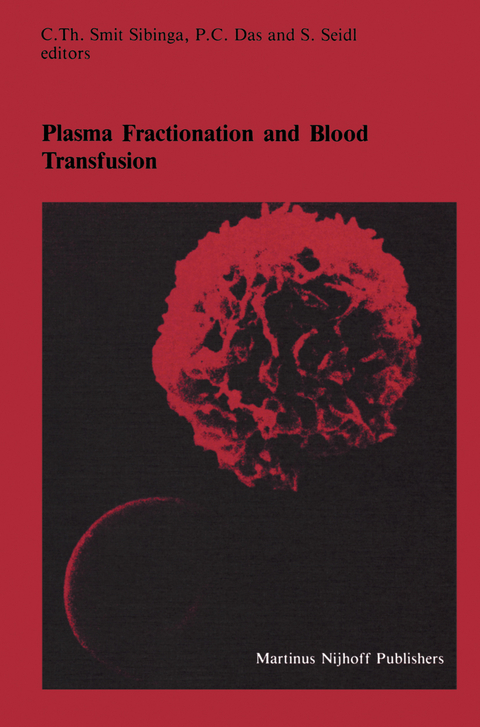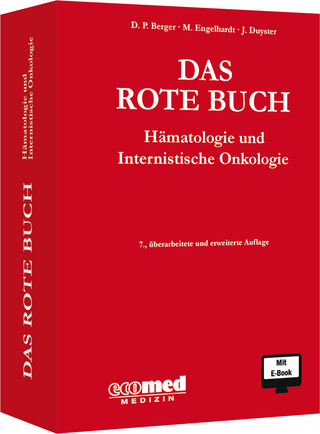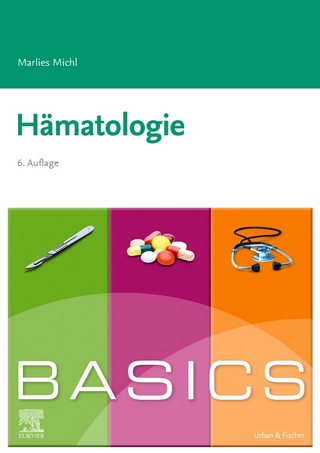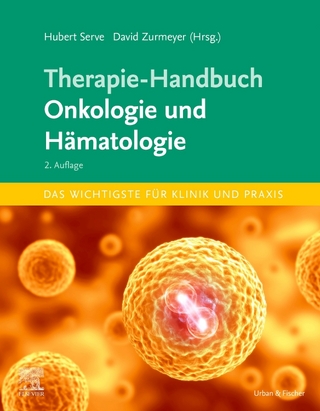
Plasma Fractionation and Blood Transfusion
Springer-Verlag New York Inc.
978-1-4612-9644-7 (ISBN)
I. Source material.- The future blood supply system in the USA: A prognosis.- Plasma supply. National and international logistics, whole blood versus plasmapheresis.- Processing criteria for recovery of FFP for fractionation.- Donation procedure: Collection lesion, fibrinopeptide A, and factor VIII.- Discussion.- II. Technology of plasma fractionation.- Small pool versus large pool in plasma fractionation: Reevaluation of a concept.- Ethanol fractionation of human plasma: An overview.- Control of large-scale plasma thawing.- Contributions to the optimization of factor VIII production: Cryoprecipitation and controlled pore glass adsorption.- Chromatographic methods of plasma fractionation.- Polyelectrolyte fractionation technology.- Recombinant DNA technology for the production of plasma proteins.- Column ion exchange chromatographic production of albumin, IV ISG and factor IX from 75,000 to 100,000 litres of plasma per year.- Large scale chromatographic experiments for plasma fractionation.- Discussion.- III. Safety aspects.- Preservation of structure and function during isolation of human plasma proteins.- The impact of donor selection of virus transmission.- Prevention of transmission of virus infections by blood transfusions and removal of virus infectivity from clotting factor concentrates.- Inactivation of hepatitis viruses (B, non-A/non-B) and retroviruses in pooled human plasma by means of ?-propiolactone-and UV-treatment.- HTLV-I/II and HTLV-III seroprevalence in blood product recipients.- Sero-epidemiology of the human T-lymphotropic retroviruses HTVL-I and HTLV-III in the Netherlands.- Discussion.- IV. Clinical aspects.- Needs, quality versus quantity.- Clinical characteristics of the factor VIII protein from various factor VIII concentrates.- Clinical use ofpolyelectrolyte-fractionated porcine factor VIII.- Factor VIII:C assay standardisation.- The current of status of fibronectin in clinical medical practice.- Intravenous use of gammaglobulin in 1984.- Discussion.
| Reihe/Serie | Developments in Hematology and Immunology ; 13 |
|---|---|
| Zusatzinfo | 250 p. |
| Verlagsort | New York, NY |
| Sprache | englisch |
| Maße | 155 x 235 mm |
| Themenwelt | Sachbuch/Ratgeber ► Natur / Technik ► Garten |
| Medizinische Fachgebiete ► Innere Medizin ► Hämatologie | |
| ISBN-10 | 1-4612-9644-7 / 1461296447 |
| ISBN-13 | 978-1-4612-9644-7 / 9781461296447 |
| Zustand | Neuware |
| Haben Sie eine Frage zum Produkt? |
aus dem Bereich


